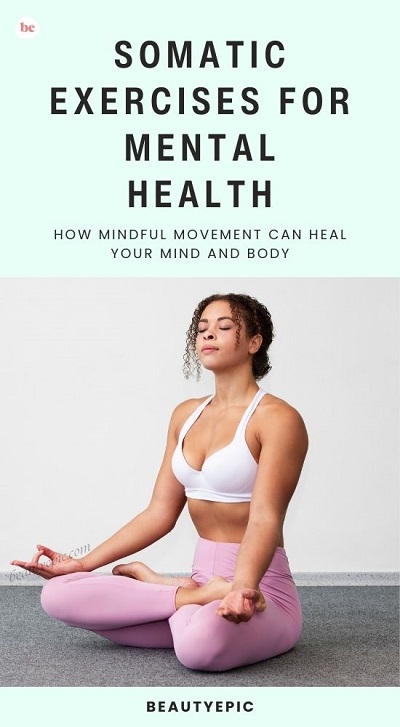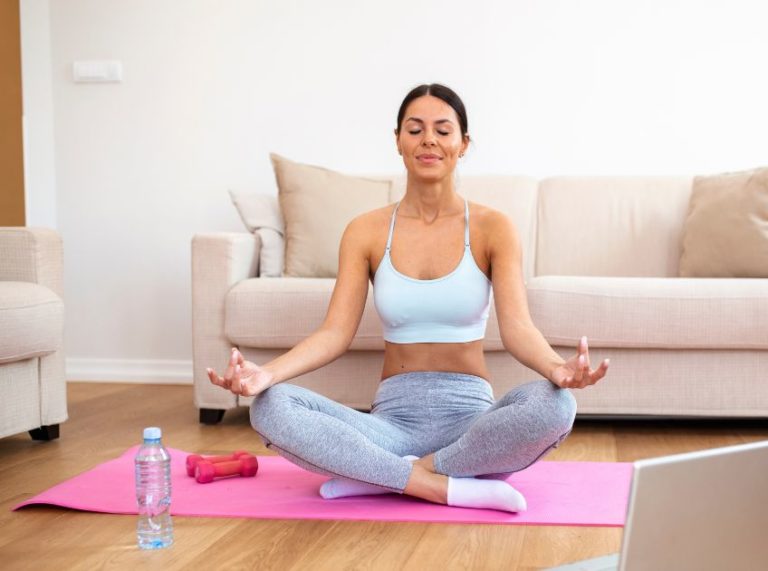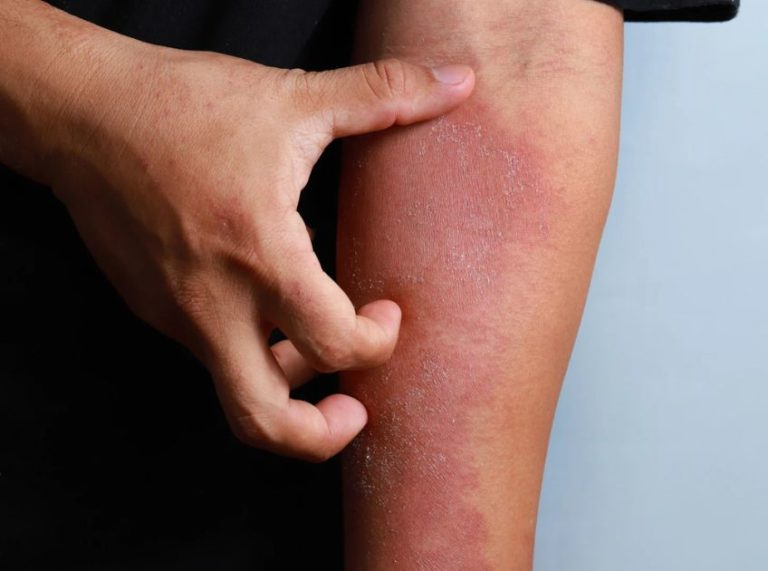
Important: This article is for informational purposes only. Please read our full disclaimer for more details.
In today’s fast-paced world, stress, anxiety, and emotional fatigue have become common experiences. While traditional mental health therapies focus on talking through emotions, an emerging approach — somatic exercises — uses the mind-body connection to release trauma, regulate emotions, and restore inner calm.
In this article, we’ll explore how somatic exercises benefit mental health, five powerful techniques you can try, and the science behind why they work.
Understanding Somatic Exercises: Where the Mind Meets the Body
Somatic exercises are gentle, mindful movements designed to release stored tension and trauma from the body. Unlike traditional workouts, they focus less on muscle strength and more on nervous system regulation and emotional healing.
When the body experiences stress or trauma, it often stores unresolved emotions as tightness, pain, or restricted movement. Over time, this leads to chronic tension, fatigue, and mental distress. Somatic practices retrain the body to let go of these patterns, calming the nervous system and improving mental well-being.
Science Insight
A study published in the Journal of Traumatic Stress (2017) found that somatic therapy significantly reduced symptoms of anxiety, PTSD, and emotional dysregulation by improving the body’s ability to process stress (1).
5 Somatic Exercise Techniques to Improve Mental Health
These techniques are simple, beginner-friendly, and highly effective for reducing stress, improving emotional balance, and boosting mental clarity.
1. Body Scanning for Awareness
How to Do It
- Sit or lie down in a comfortable position.
- Close your eyes and take a few deep breaths.
- Slowly bring your attention to different parts of your body, from head to toe.
- Notice sensations like tightness, heaviness, warmth, or tingling — without judgment.
Why It Works
Body scanning helps you recognize where stress is stored and teaches your mind to release tension consciously. It improves self-awareness and relaxes the nervous system.
2. Grounding Through Breath and Touch
How to Do It
- Sit with your feet flat on the floor.
- Take slow, deep belly breaths, inhaling through your nose and exhaling through your mouth.
- Place your hands gently on your chest or thighs, feeling the warmth of your touch.
Why It Works
This grounding technique reduces anxiety by bringing your focus back to the present moment. Slow breathing activates the parasympathetic nervous system, which naturally lowers stress hormones like cortisol.
3. Trauma Release Exercises (TRE)
How to Do It
- Lie on your back with knees bent and feet flat.
- Gently lift your hips and hold for a few seconds.
- Lower slowly and allow your legs to tremble naturally.
Why It Works
TRE triggers your body’s natural tremor response, which helps release deep-seated stress and trauma stored in the muscles. According to research in Frontiers in Psychology (2018), tremor-based exercises can reduce PTSD symptoms and improve emotional regulation (2).
4. Somatic Stretching and Slow Movement
How to Do It
- Choose a tight area of your body, such as your shoulders or lower back.
- Slowly stretch into the tension, holding for 3–5 seconds.
- Release gradually while paying attention to how your body feels.
Why It Works
Unlike regular stretching, somatic stretching focuses on mindful release rather than forceful extension. It retrains the nervous system to relax muscles naturally, reducing both physical stiffness and mental restlessness.
5. Self-Hug and Emotional Reset
How to Do It
- Wrap your arms around yourself as if giving a hug.
- Inhale deeply, imagining sending comfort to your body.
- Exhale slowly, softening your shoulders and jaw.
Why It Works
Touch triggers the release of oxytocin, the “feel-good” hormone that reduces anxiety and fosters emotional safety. This simple practice enhances self-compassion and helps regulate overwhelming emotions.
An Overview of Somatic Therapy Techniques
Somatic therapy combines psychology, neuroscience, and movement to help the body process emotional stress. Popular approaches include:
- Somatic Experiencing (SE): Focuses on releasing trauma by observing body sensations.
- Hanna Somatics: Uses slow, mindful movements to retrain the nervous system.
- Feldenkrais Method: Improves posture and self-awareness through gentle motion.
- TRE (Trauma Release Exercises): Releases deep tension through tremors.
- Somatic Yoga: Combines yoga postures with body-awareness techniques.
Frequently Asked Questions (FAQ’S)
1. Are somatic exercises safe for everyone?
A. Yes, somatic exercises are gentle and beginner-friendly, making them safe for most people. However, if you have severe trauma or chronic conditions, consulting a licensed somatic therapist is recommended.
2. How long does it take to see results?
A. For many people, benefits like relaxation and emotional relief can be felt immediately. Consistent practice — even 10 minutes daily — can lead to significant mental health improvements over weeks or months.
3. Can somatic exercises replace therapy or medication?
A. Somatic exercises are complementary techniques. They work best when combined with traditional therapy, mindfulness practices, or medical treatment when needed.
Somatic exercises bridge the gap between the mind and body, offering a powerful tool to release stored tension, regulate emotions, and boost mental well-being. By practicing techniques like body scanning, grounding, TRE, and somatic stretching, you can calm your nervous system, reduce stress, and improve overall emotional balance.
















